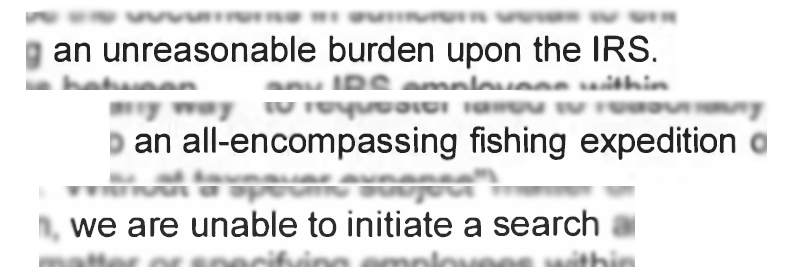The U.S. Office of Special Counsel (“OSC”) published a final rule yesterday to update its Freedom of Information Act (“FOIA”) regulations. In addition to implementing changes required by the FOIA Improvement Act of 2016, OSC adopted various changes recommended by Cause of Action Institute (“CoA Institute”).
Last summer, CoA Institute was one of two organizations to submit a comment to OSC on its proposed regulatory revisions. First, we asked the agency to revise its fee category definition for a “representative of the news media,” which still included outdated “organized and operated” language. In 2015, the D.C. Circuit recognized this “organized and operated” standard as superseded by statutory amendment in its landmark decision in Cause of Action v. Federal Trade Commission. Similarly, we suggested—and OSC agreed—that the fee category definition should include a non-exhaustive list of entities that, in light of alternative and evolving news formats, qualify as a news media requester. Finally, we recommended that OSC add explicit language detailing its records retention obligations for FOIA-related federal records. On all counts, OSC substantively agreed with CoA Institute’s proposals.
Our successful comment is yet another small step in our ongoing efforts to provide effective and transparent oversight of the administrative state.
Ryan Mulvey is counsel at Cause of Action Institute

